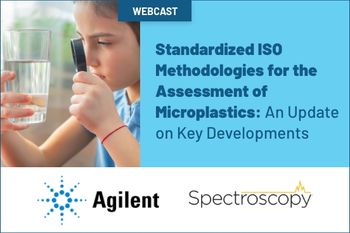
Webinar Date/Time: Europe: Tuesday, May 9, 2023, at 3pm BST | 4pm CEST North America: Tuesday, May 9, 2023, at 11am PDT | 2pm EDT Asia: Wednesday, May 10, 2023, at 8:30am IST | 11am HKT | 12pm JST | 1pm AEDT

Webinar Date/Time: Europe: Tuesday, May 9, 2023, at 3pm BST | 4pm CEST North America: Tuesday, May 9, 2023, at 11am PDT | 2pm EDT Asia: Wednesday, May 10, 2023, at 8:30am IST | 11am HKT | 12pm JST | 1pm AEDT
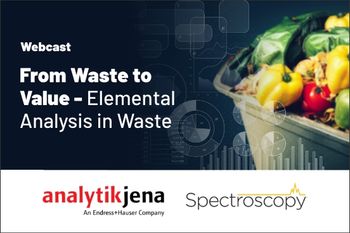
Webinar Date/Time: Tue, Mar 14, 2023 11:00 AM EDT
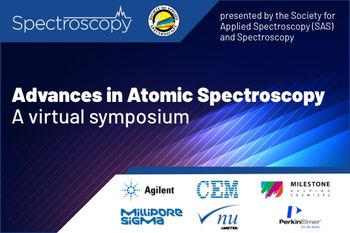
Webinar Date/Time: Tuesday, February 28 and Wednesday, March 1, 2023 Morning Session: 9 am EST | 6 am PST | 3 pm CET | 2 pm GMT Afternoon Session: 2 pm EST | 11 am PST | 8 pm CET | 7 pm GMT
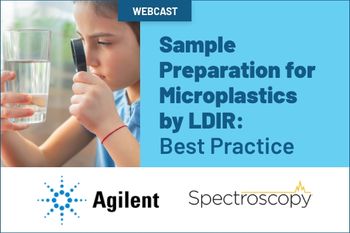
Webinar Date/Time: On-Demand
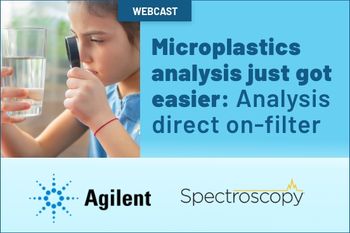
North America: Wednesday, November 16, 2022 at 11am PST | 1pm CST | 2pm EST Europe: Thursday, November 17, 2022, at 11am BST | 12pm CET Asia: Thursday, November 17, 2022, at 10:30 IST | 1pm SGT | 2pm JST | 4pm AEST Fast, easy, and accurate analysis of microplastics is a key need of anyone with an interest in this area. With the capacity to conduct this analysis directly on the filter in the Agilent 8700 LDIR for microplastics, this analysis has now reached a new level.
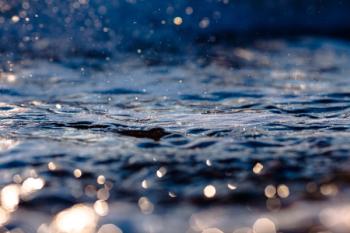
ICP-MS is increasingly being used to analyze complex matrices, but an ICP-MS instrument optimized for the highest sensitivity may not have the sufficient matrix tolerance to analyze high-salt samples. We describe a method to optimize plasma robustness and interference control for accurate, routine analysis of critical trace elements in undiluted seawater.
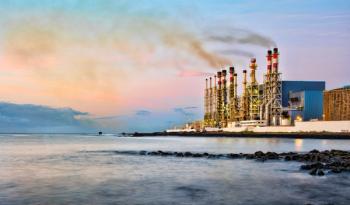
Brines from desalination plants are increasingly being seen as a source of valuable elements, such as lithium, rubidium, and cesium. We show how ICP-OES can be used to measure the concentrations of such elements in brines to assess the economic feasibility of their recovery.

Controlling methane is one of the highest-impact ways to reduce climate impacts, so its accurate measurement is essential. Spectroscopy offers valuable tools for this task.

In this study, we propose a low-altitude unmanned aerial vehicle (UAV) hyperspectral visible near-infrared (vis-NIR) remote sensing hardware platform, which combines efficiency and accuracy for high-precision remote sensing-based ecological surveys and statistical data collection on grassland desertification.

Denise M. Mitrano of ETH Zurich, the 2022 winner of the Emerging Leader in Atomic Spectroscopy Award, is applying ICP-MS and single-particle ICP-MS to elucidate the transport and impact of nanomaterials and nano- and microplastics.

Spectral reflectance is a non-destructive method that is applicable to remote sensing and may be used to measure the chlorophyll content in a crop, which indicates the photosynthetic capacity, growth cycles, and degrees of stress (such as disease, insect infestation, and heavy metal stress) on plant ecosystems. This vis-NIR spectral reflectance method measures leaf chlorophyll using a wavelet analysis algorithm approach.
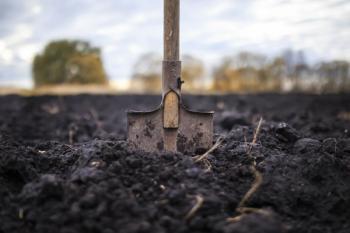
In the agrifood sector, soil sampling and analysis is a prerequisite for accurate fertilizer management and to monitor the accumulation of heavy metals in soils. In this study, energy dispersive X-ray fluorescence (EDXRF) was used to analyze soils with variable textures (clay and sandy) and the percent recovery of elements was compared, as a measure of accuracy.

In this study, the nitrophenol isomers, in solid and liquid phases, were analyzed using Raman spectroscopy, laying the groundwork for determining nitrophenol isomers in environmental monitoring with this technique.

An inexpensive fiberoptic-based formaldehyde field sensor is described for monitoring low-levels of formaldehyde, a widespread indoor air pollutant, based on the principle of evanescent wave absorption of light. Sensor prototypes following that principle are being tested in two plywood board production plants.

Multiple-collector inductively coupled plasma–mass spectrometry (MC-ICP-MS) has some specific advantages over traditional ICP-MS instruments.